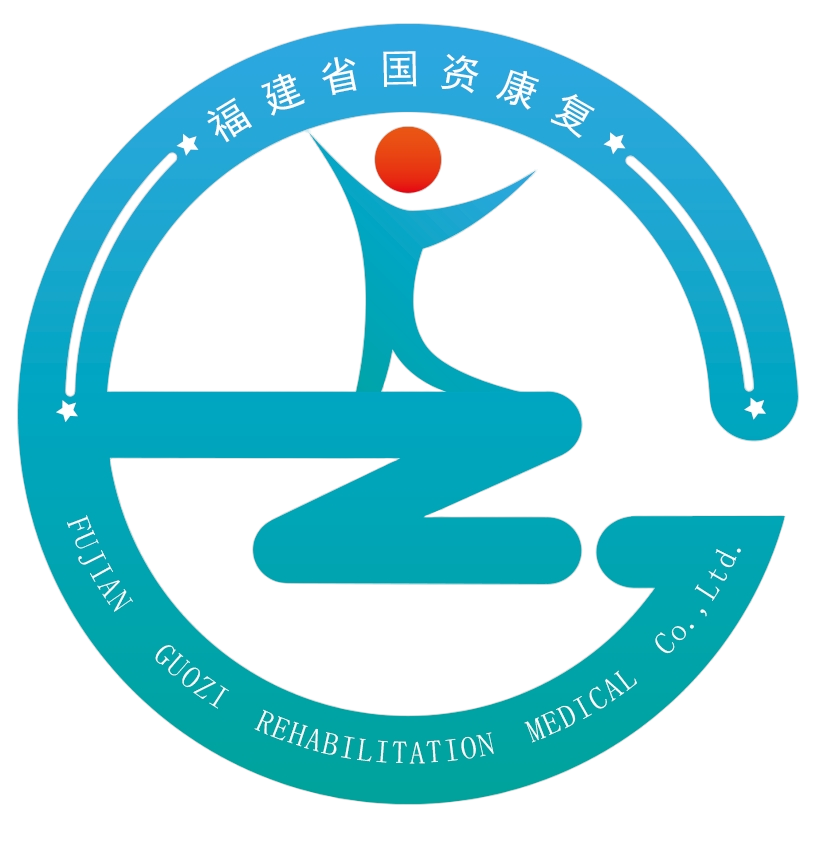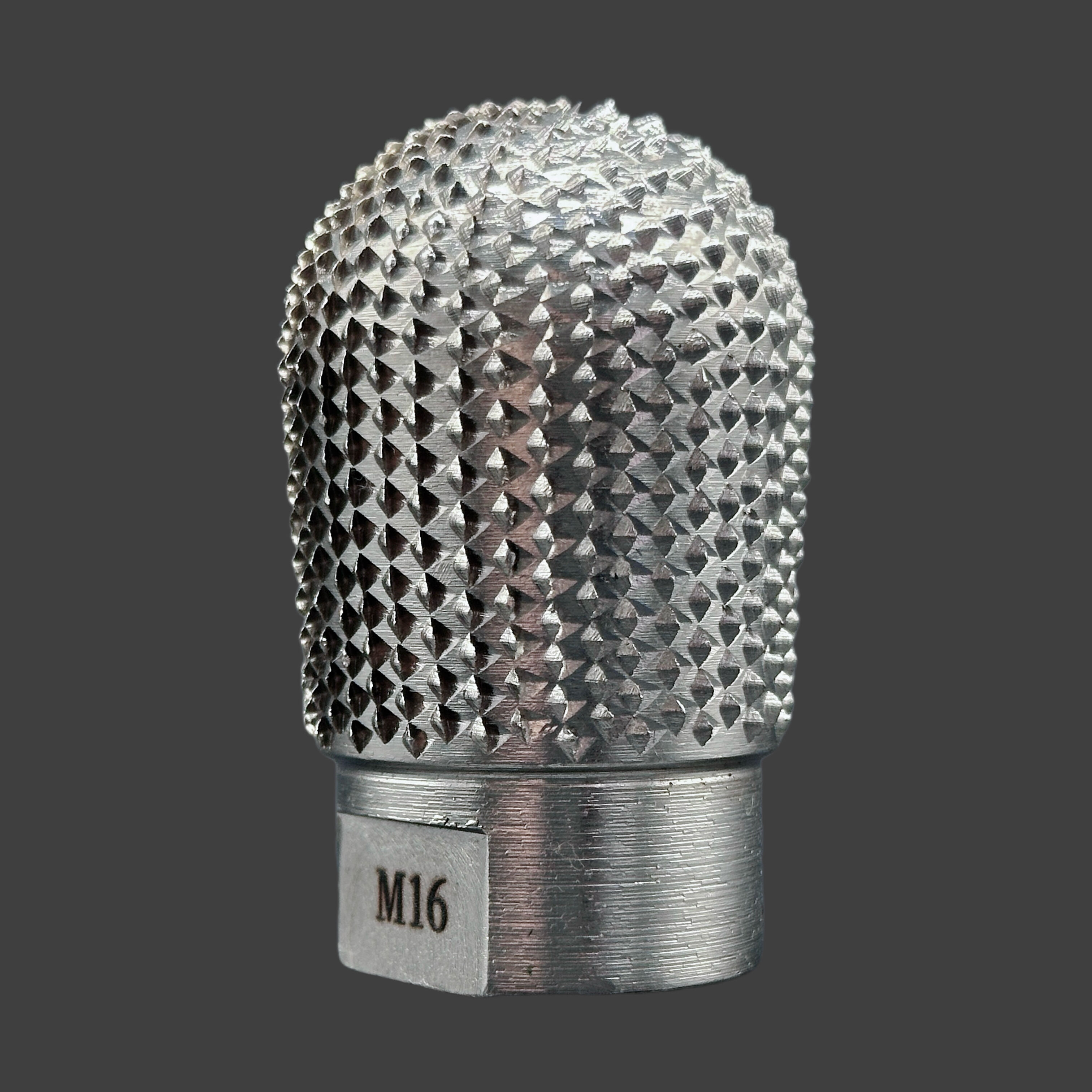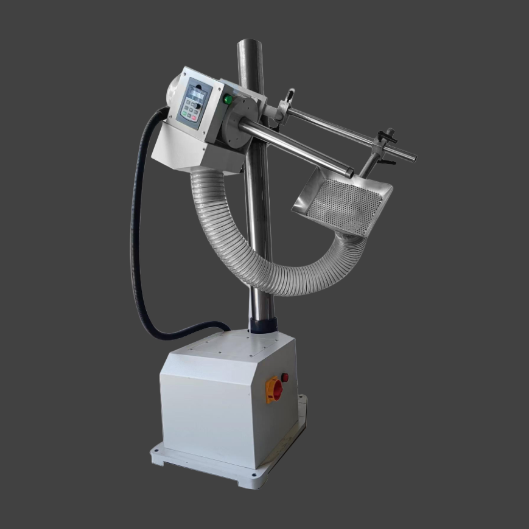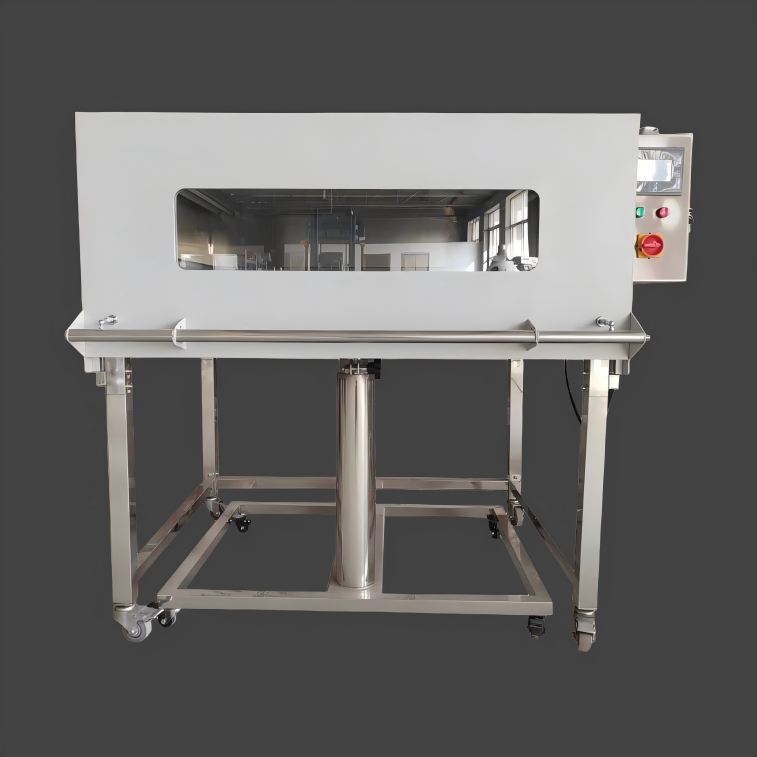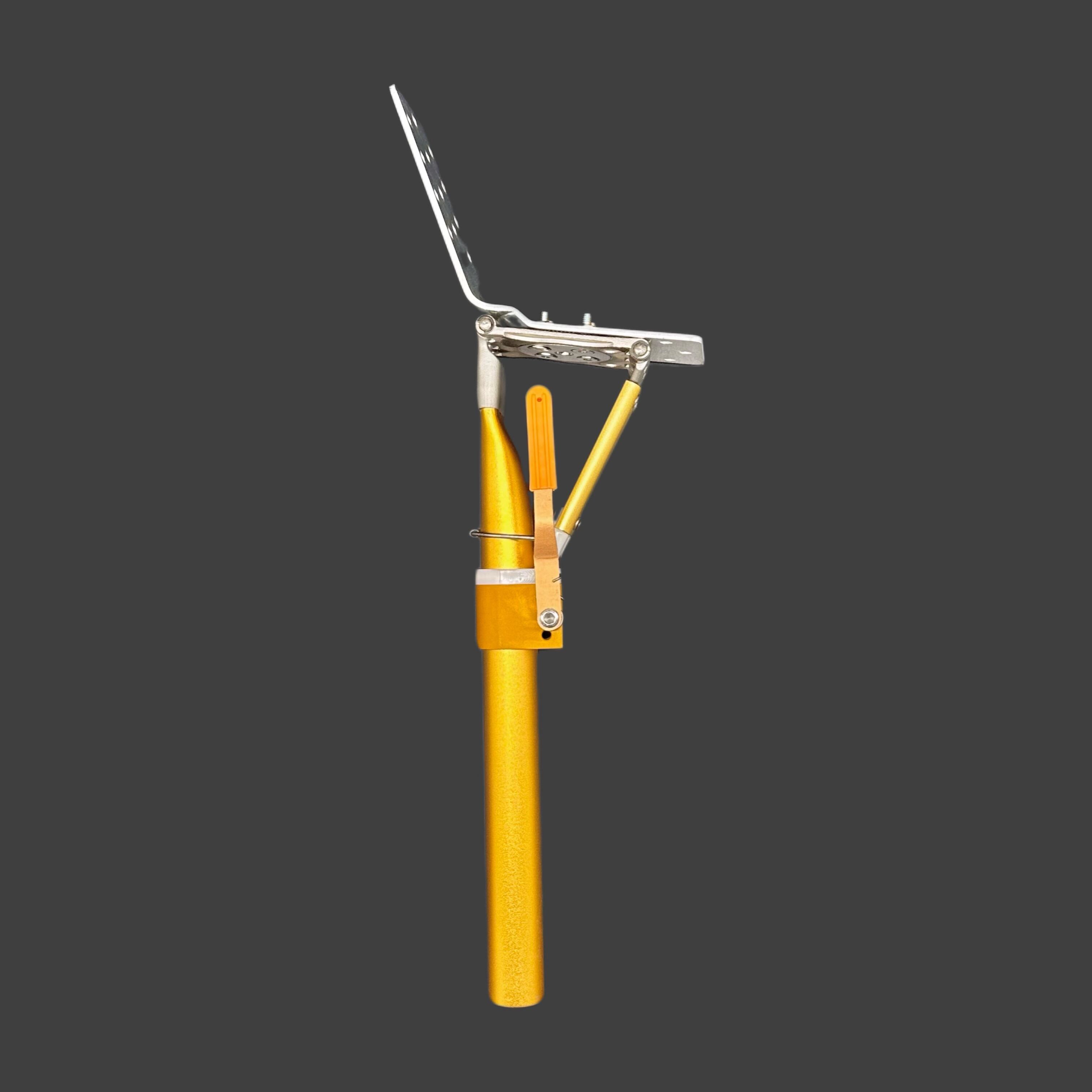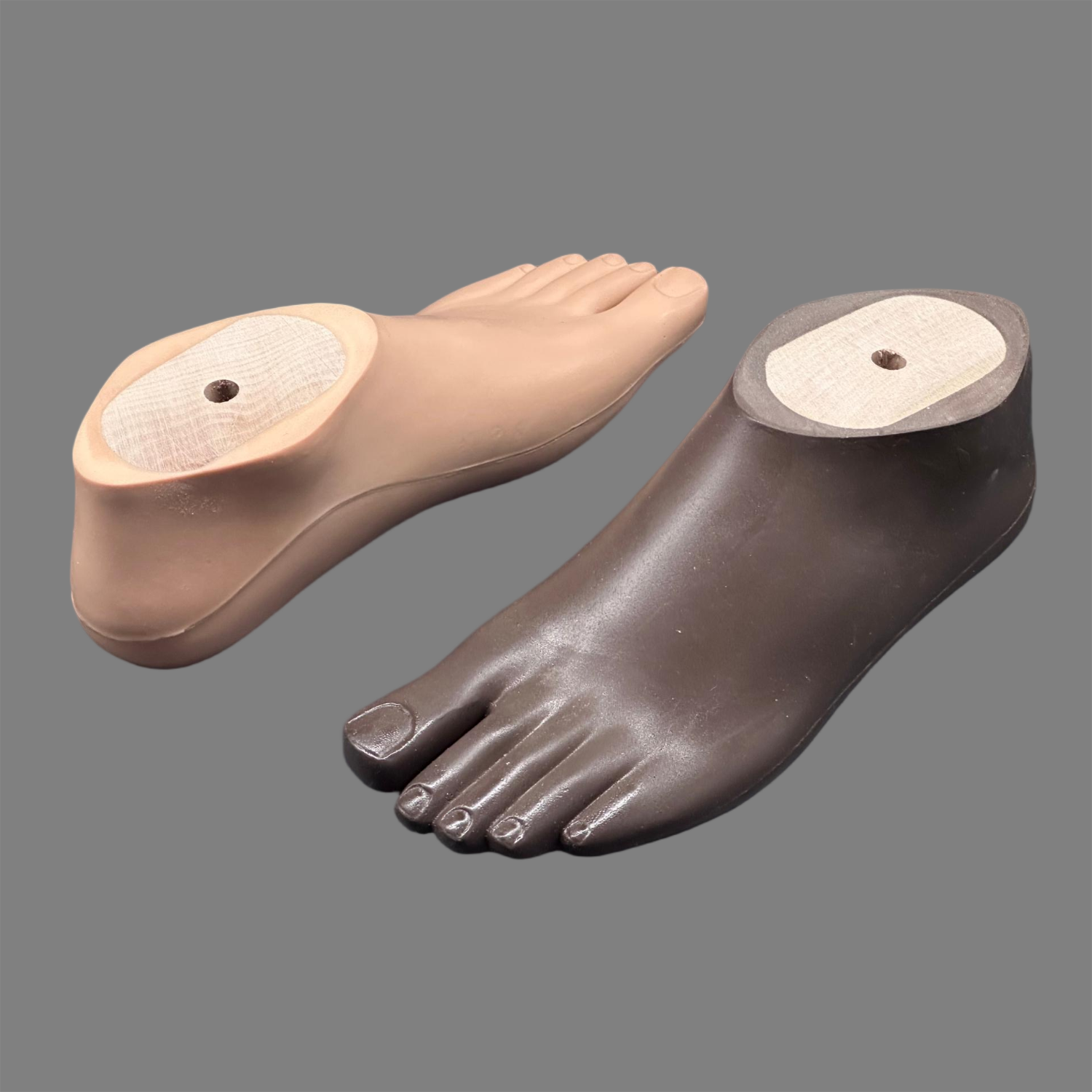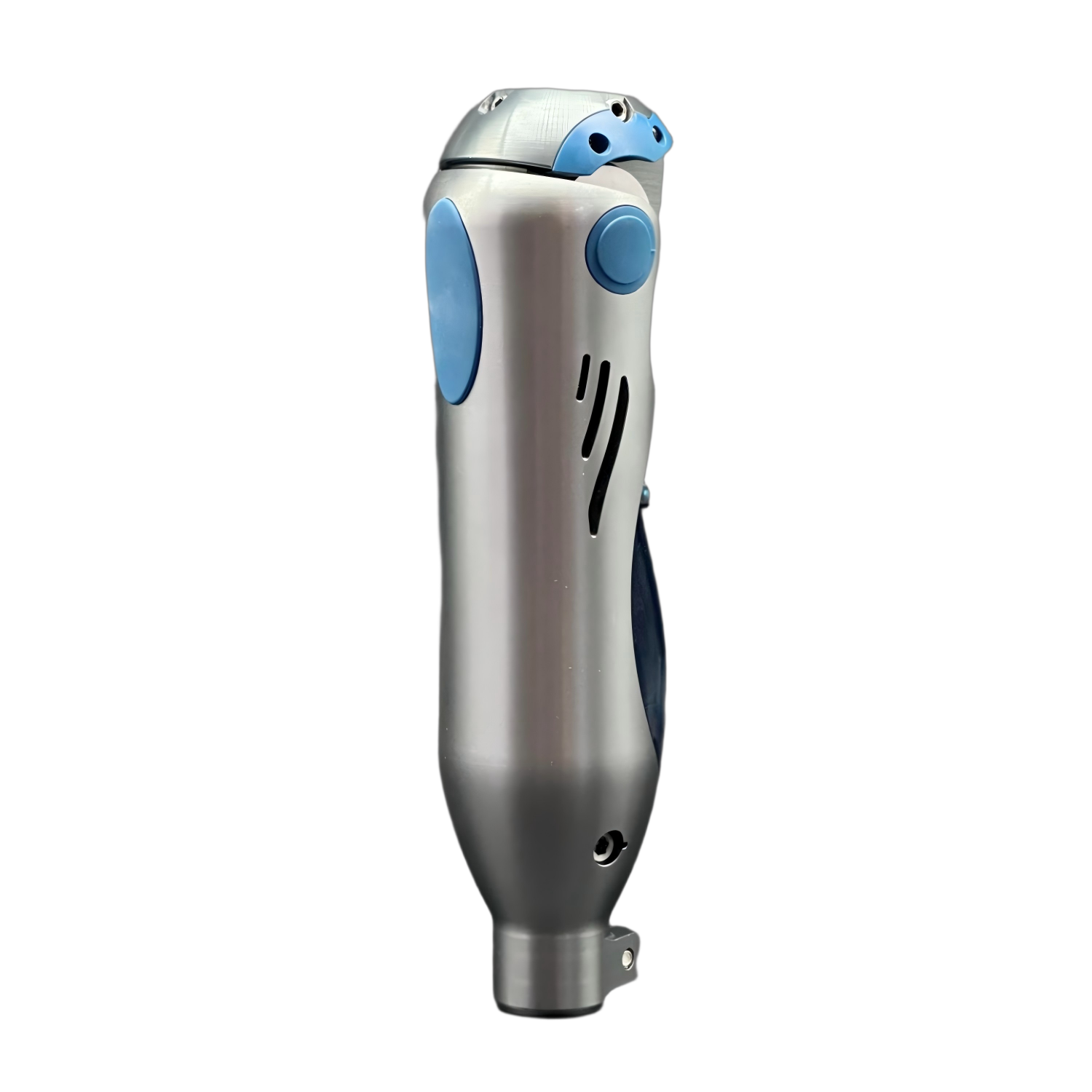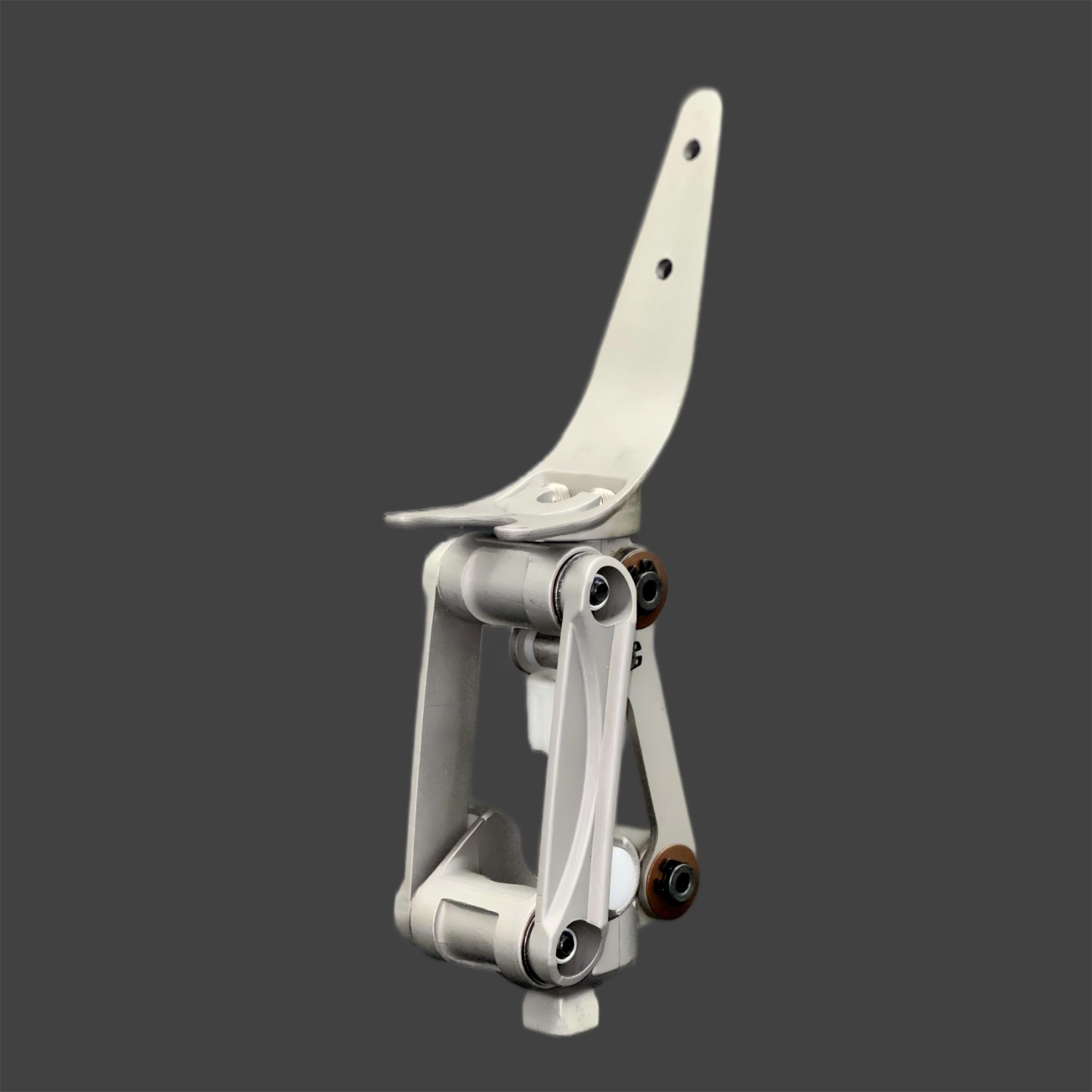Advanced Energy Return Technology
The energy storing prosthetic foot features cutting-edge energy return technology that revolutionizes prosthetic functionality. The system employs specialized carbon fiber composites strategically layered to create optimal energy storage and release patterns. During the stance phase of gait, the prosthetic foot compresses and stores energy, much like a spring, which is then released during the push-off phase to assist forward progression. This dynamic response system can return up to 95% of stored energy, significantly reducing the metabolic cost of walking. The technology incorporates variable stiffness zones that respond differently to different loading conditions, providing appropriate energy return for various activities. The precision-engineered flex points ensure smooth energy transfer throughout the gait cycle, creating a more natural walking experience. This advanced system adapts to different walking speeds and terrains, automatically adjusting the energy return to match the user's activity level.


